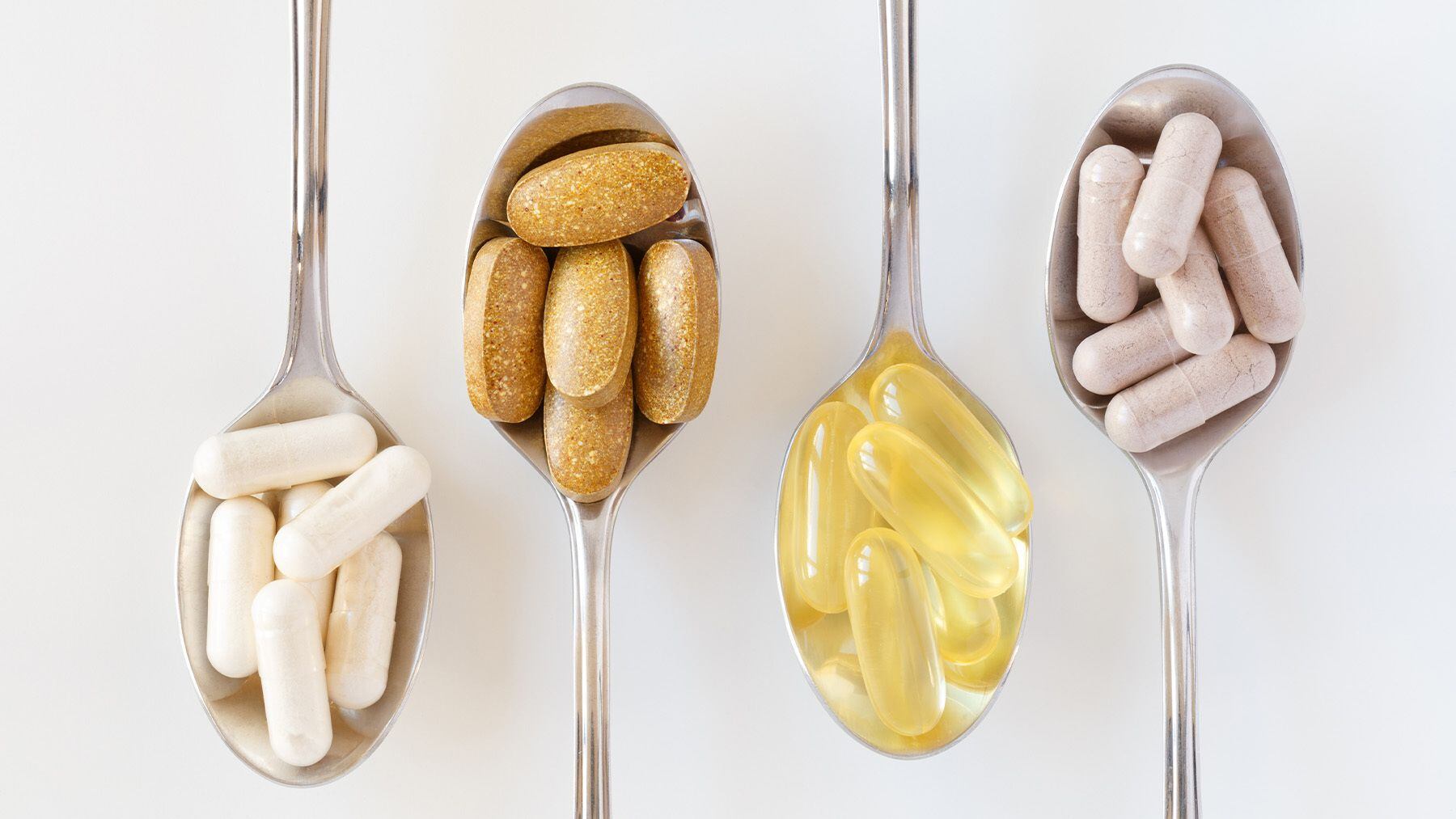How Gut Health Became Beauty’s Latest Arena
The digestive system is getting a makeover.
At least, it’s become a focal point for the beauty industry, which has seen a boom in products designed to improve gut health, like probiotics (often referred to as “good” bacteria that is said to help regulate the gut and digestive system) over the past year.
Ritual, the direct-to-consumer vitamin brand, rolled out its first digestive health-specific product this month, while Goop dropped its Gut Microbiome Superpowder product in August. Other DTC supplement brands, like Love Wellness, as well as telemedicine companies, like Wisp, also tout probiotics and gut health products as part of their lineup. Some, like Rmdy and Seed, position it as their hero product. These products claim to aid in making bowel movements more regular, alleviate bloating and decrease any gastrointestinal discomfort.
In some ways, the rise of gut health products out of the vitamin store and into the makeup aisle is to be expected, given existing market trends. In recent years, the definition of what is considered to be a beauty product has widened, and with that, supplements have become a major force in beauty.
It was multivitamins and more naturally beauty-centric supplements — like biotin, which is a vitamin that is often advertised as strengthening hair and nails (though its proven efficacy is limited) — that first underwent the beauty treatment. Now, gut health supplements, like probiotics are undergoing the same evolution, even though the need for healthy people to take probiotics is debated.
But unlike multivitamins or biotin supplements, probiotics and other gut health products deal with a part of health that’s decidedly not so beautiful — which means there’s a bigger hurdle in branding them as beauty products. In an industry that’s constantly expanding, both in the number of categories under its wider umbrella and the number of brands fighting for a piece of it, however, it’s a challenge worth figuring out.
“For years, traditional beauty companies didn’t want to touch this category, because it put them in a different space of risk,” said Jorge Cosano, head of fashion and beauty brand incubator Great Bowery Investments. “But that is going to change, and is changing fast because they realize that to be competitive and relevant in the beauty space, they need to get into these new categories.”
White Space
Supplements have proven to be a buzzy space in beauty, as the line between traditional beauty brands and supplement brands continues to blur. Supplements offer a financial opportunity for brands: According to a report from PWC, the global supplement market is expected to grow by an average of 4.4 percent annually through 2023 after demand for dietary supplements and vitamins soared during the Covid-19 pandemic.
When it comes to gut health products, in particular, brands saw space for expansion. It’s an area of health and wellness that’s particularly relevant for the beauty industry, which still predominantly caters to women. According to the American Physiological Society, women are more likely to suffer from irritable bowel syndrome and other gastrointestinal disorders.
“Gut health is one of the key themes that seems to always surface when we look through [our] hundreds of interviews with researchers, physicians and traditional practitioners,” Thira Burns, director of product development, wellness at Goop. “It’s central to our health.”
More and more brands are turning to gut health as their next frontier. Ritual, which launched in 2016 with a multivitamin and followed with pre and post-natal vitamins, is set to release two digestive health products early next year. The first, its Essential Protein + Fiber powder, is designed to provide digestive support and keep users “regular.” Another gut health-related launch is scheduled for shortly after, which will contain a probiotic as well as a prebiotic, a specialized plant fibre that stimulates the growth of healthy gut bacteria, according to the Mayo Clinic.
In expanding the brand, it was the consumer demand that led Ritual to the digestive health space.
“It’s really important to us as a brand to be this multi-generational brand that supports people and their nutrient needs through different life stages,” said founder Katerina Schneider.
Bringing the Beauty
There may be demand for these products, but marketing them as beauty brings a different challenge. Unlike skin or hair health, digestive health is a much more taboo subject. On top of that, beauty brands approach marketing differently than health brands — to create a product that tackles both topics, brands have to strike a happy medium.
“Health is all about credibility, while beauty is aspirational,” said Cosano.
To make gut health products that feel at home in a beauty aisle, brands employ a mix of friendly messaging and sleek design.
Ritual approached marketing their gut health product in the similar way that they do their more standard multivitamins, said Schneider, with a friendly tone that’s upfront about the benefits of the product. The brand heavily relies on influencer partnerships, where women share on platforms like Instagram Stories their experience with the product and how it made them feel as well as information about its ingredient makeup and claimed benefits.
“The tone of our brand’s voice is very approachable, like a friend but with a bit of a wink,” said Ritual founder Katerina Schneider. “And so with this topic, we feel really comfortable talking to people about their digestive health, because it has a little bit of a wink inherently.”
Ara Katz, co-CEO and co-founder of Seed, a microbial sciences company that manufactures supplements, including probiotics, said that a thoughtful design can help make digestive health products more approachable. For Seed, it’s also a matter of pulling the curtain back on their products. The company has pages on their website dedicated to explaining how both probiotics and the gut microbiome work, as well as sharing their manufacturing processes for their probiotic strains, and how their scientific advisory board plays a role in product creation.
“That’s always been a part of our DNA, the combination of rigorous science with prioritisation around design, language and education,” Katz said. “Combined, we believe [that] creates some of the greatest products, but also an accountability that we would like to hold as a new standard for the category.”
Being candid with consumers is also key to marketing digestive health products, said Burns. Pretty packaging may be an effective aesthetic choice, but it shouldn’t be used to disguise a product’s purpose.
“Pushing forward uncomfortable conversations and eliminating shame is core to our brand,” she said. “This is a reality that many people deal with, and it’s much harder to find solutions when there’s no open dialogue around it.


